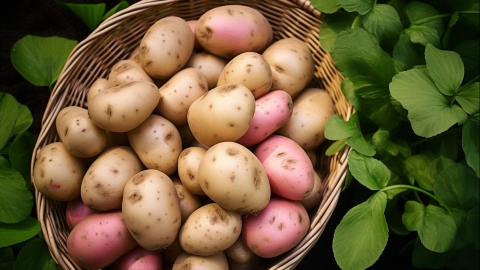Can potatoes that have sprouted still be eaten?
Whether sprouted potatoes can be consumed generally depends on the condition of the potatoes. Specific analysis is as follows:

If the potato has only sprouted slightly, its skin has not turned green or rotted, and the overall texture is firm, it may be edible after thorough processing. The sprouted areas and at least 1 cm of surrounding flesh should be completely removed. The peel should be cut thicker than usual to eliminate the skin, which may contain solanine. Cooking methods such as stewing or braising at high temperatures are recommended to reduce risks.
If the potato has heavily sprouted with long sprouts, or if the skin has turned largely green, developed mold spots, or become soft, it is not recommended for consumption. In such potatoes, the solanine content significantly increases. Even after removing the sprouted portions and the skin, toxins may still remain. Consumption may lead to discomfort symptoms such as nausea, vomiting, and dizziness, as high temperatures also struggle to completely neutralize the toxins.
To avoid health risks, it is recommended to carefully inspect the condition of potatoes before consumption. If the sprouting is severe or uncertain, they should be discarded. When storing potatoes, they should be kept in a cool, dry place to reduce the likelihood of sprouting.




